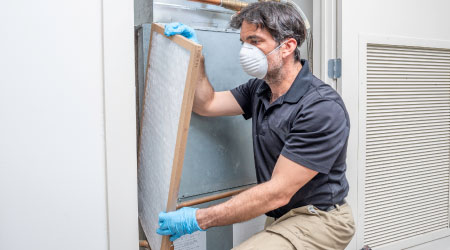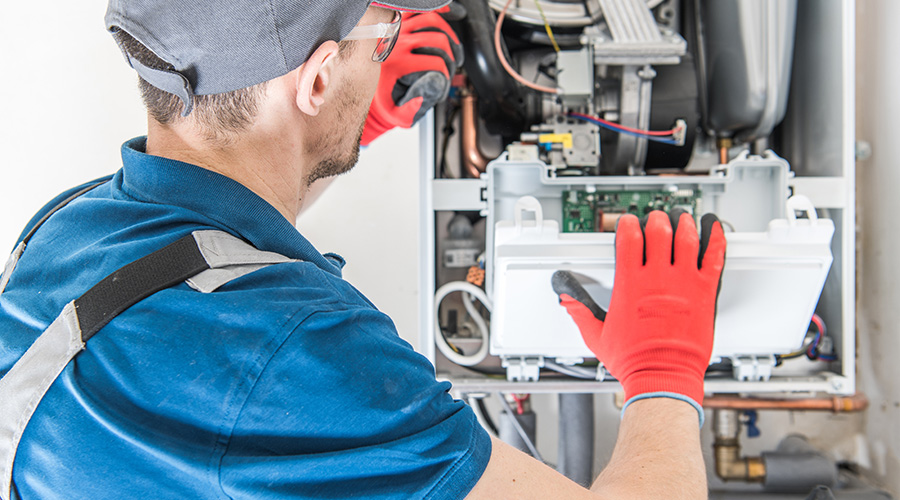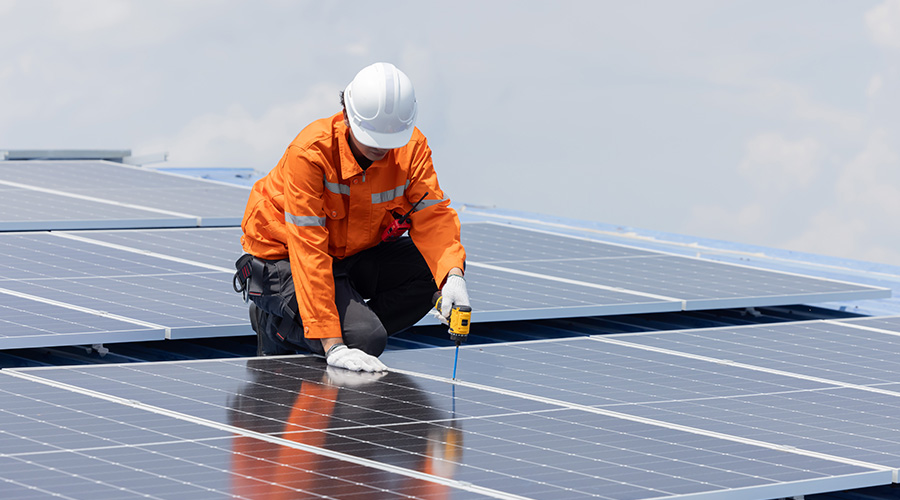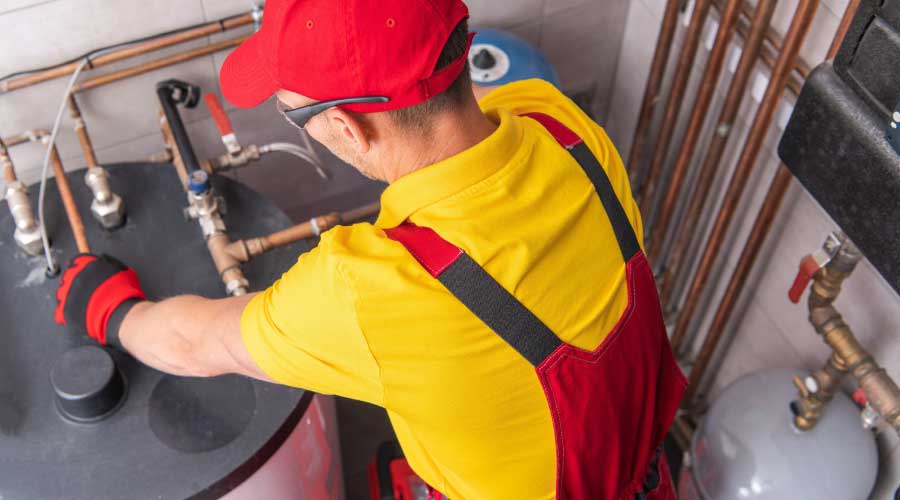Revisiting the HVAC-IAQ Connection
Exploring COVID-19’s impact on HVAC operations, healthy indoor air and the impact on occupant health.
Since the start of the COVID-19 pandemic in early 2020, the general public has become much more aware of the potential threats posed by airborne illnesses. As a result, indoor air quality (IAQ) in institutional and commercial facilities has become a much higher priority for maintenance and engineering managers.
To continue the process of revamping operations and technology to address the challenge, managers can take advantage of new and updated guidance and standards from national organizations, all with the goal of making indoor work environments safer for occupants, staff and visitors.
Taking stock
The first step in revisiting and upgrading HVAC systems and operations to create healthier indoor environments is understanding the condition and performance of existing systems and components that will offer protection to occupants.
Develop processes to address virus source removal and dilution for mitigating the risk of spreading airborne diseases. Managers can do this by investigating the space, activity type and duration and then identifying strategies to fit these factors.
Managers also can develop and implement multiple layers of defense with shared responsibilities across the building's occupants. The overall plan has to address the probability of infection for the different risk-reduction scenarios. It is critical to a manager's success to review processes to also optimize cost-effectiveness and carbon impact.
Spotlight on guidance
From ASHRAE and the U.S. Environmental Protection Agency to the Centers for Disease Control and Prevention and the Occupational Safety and Health Administration, organizations and federal departments involved in ensuring indoor building environments are not harmful to human health issued new and updated information related to the HVAC-IAQ connection.
For example, ASHRAE Journal in May 2020 offered this guidance for updating building operations to improve IAQ:
Increase outdoor air ventilation, using caution in highly polluted areas. A lower population in the building increases the adequate dilution ventilation per person. Disable demand-controlled ventilation. Open minimum outdoor air dampers farther, as high as 100 percent. This step eliminates recirculation. In mild winters, it need not affect thermal comfort or humidity, but it becomes more complex in extreme weather.
Upgrade central air filtration to MERV-13 filters or the highest one compatible with the filter rack, and seal the filter's edges to limit bypass. Keep systems running 24/7 when possible to enhance the previous two actions. Consider portable room air cleaners with HEPA filters. Consider ultraviolet germicidal irradiation, protecting occupants from radiation, particularly in high-risk spaces such as waiting rooms, prisons and shelters.
IAQ and ventilation issues
ASHRAE also revisited key standards to maximize their applicability to the changing situations in facilities. For example, ASHRAE 62.1, Ventilation and Acceptable Indoor Air Quality, was expanded and revised in 2022, in part to reinforce that IAQ goes beyond minimum ventilation requirements. Key elements of the standard are these:
The volume of outdoor air introduced into a building varies depending on the code in place at the time of construction. Current ASHRAE 62.1 calculations for the volume of outdoor air introduced into a building by the air handlers are based on the number of occupants and the floor area of each space.
The calculation for the minimum volume of outdoor air introduced into the building by the air handlers is not determined by the worst-flow room. Instead, it considers the outdoor air requirements of all rooms served by the air handling unit. Rooms that are over-ventilated return a volume of outdoor air to the air handling unit. The reduced occupancy and population levels during COVID-19 operation will increase the effective dilution.
Michael Heroux, CEM, CPMM, CBCP, CEA, is an energy engineer with FST Technical Services.
Related Topics:













